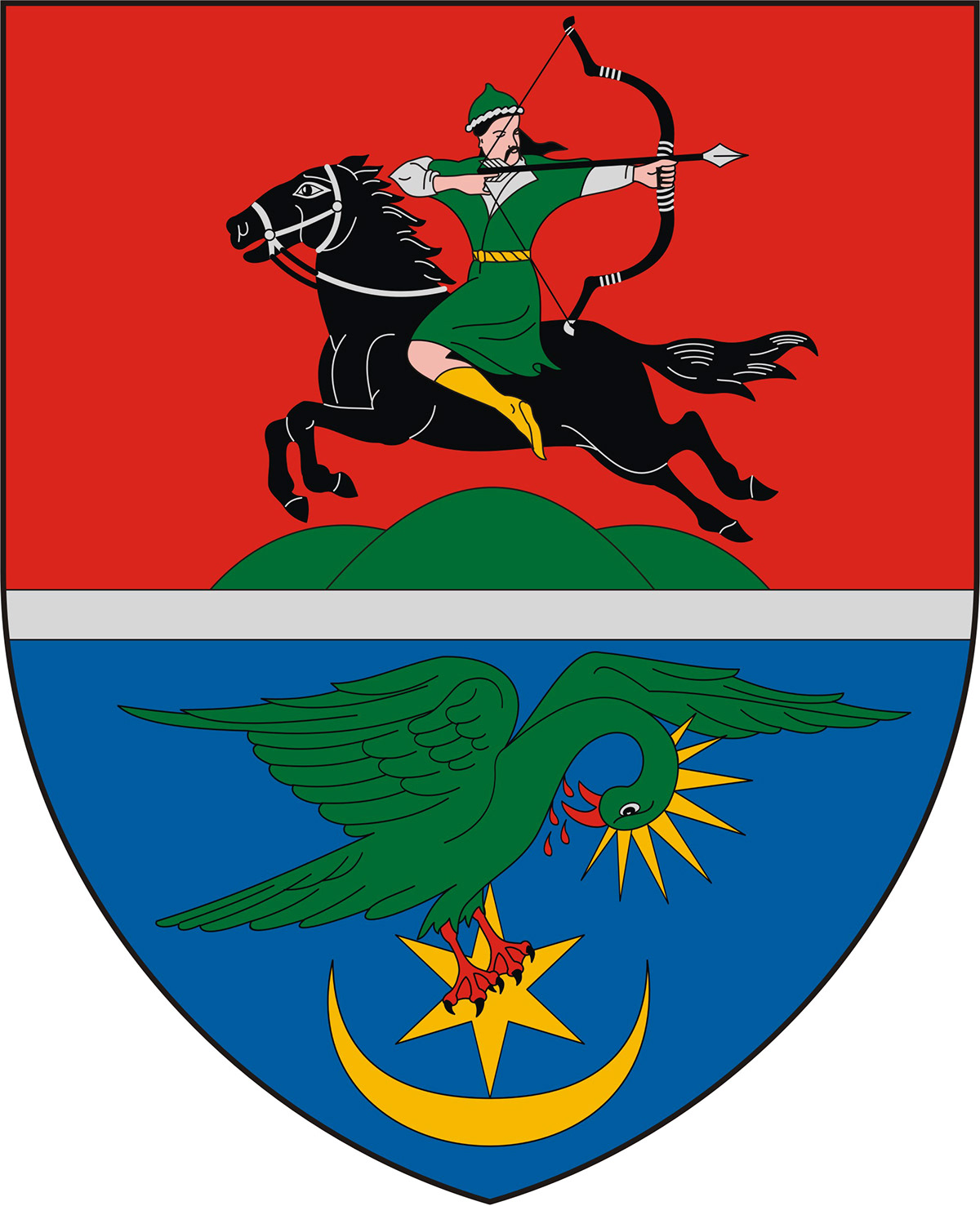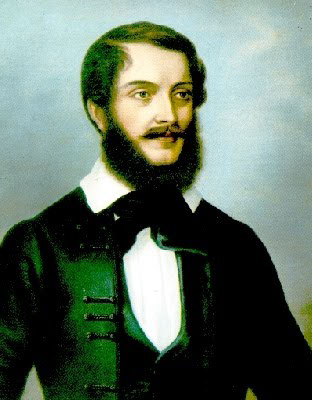
Kossuth
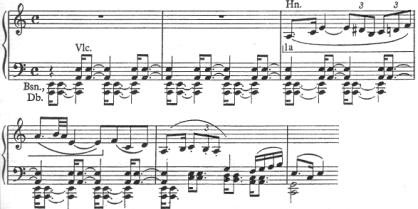

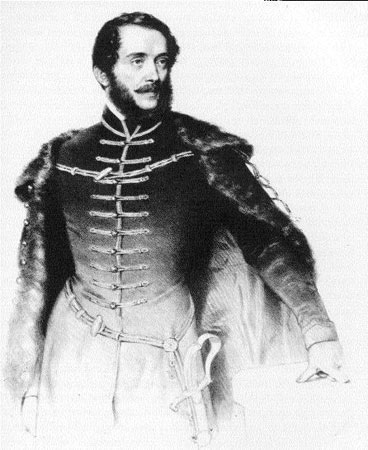
Lajos Kossuth
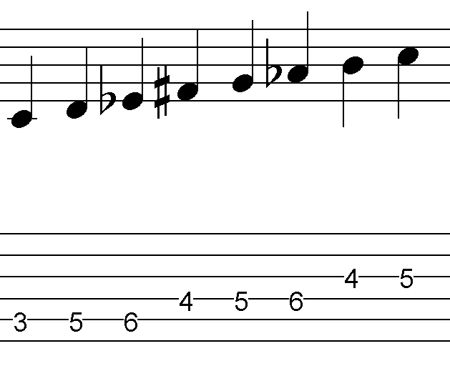
Hungarian Minor Scale
Kossuth, a symphonic poem written by Béla Bartók in 1903, was written in honor of the Hungarian politician Lajos Kossuth, a hero of the Hungarian Revolution of 1848.
Bartók’s symphonic poem music tells the story of Kossuth, starting with a portrait of him, recounting the revolution and in the eight movements paints a picture of the Austrians approaching by using a minor key parody of the Austrian National Anthem, the ensuing battle and defeat of the Hungarians.
The music of Richard Strauss had a strong influence on Bartók, in particular his symphonic poem Ein Heldenleben, which literally means a heroic life or a hero’s life. Ein Heldenleben movements are as follows:
1. Der Held (The Hero)
2. Des Helden Widersacher (The Hero’s Adversaries)
3. Des Helden Gefährtin (The Hero’s Companion)
4. Des Helden Walstatt (The Hero at Battle)
5. Des Helden Friedenswerke (The Hero’s Works of Peace)
6. Des Helden Weltflucht und Vollendung (The Hero’s Retirement from this World and Consummation)
Throughout Ein Heldenleben, Strauss employs the technique of leitmotif that Richard Wagner used so liberally, but most always as elements of its enlarged sonata-rondo symphonic structure. With the influence of Strauss in addition to Bartok’s strong nationalistic feeling towards Hungary Bartok later wrote in his autobiography “…It was worth while creating something specifically Hungarian in music.”
Lasting around twenty minutes, Kossuth is in ten movements, as follows:
1. Kossuth
2. What sorrow weighs on your soul, dear husband? (Kossuth’s wife)
3. The fatherland is in danger
4. Once we lived better days
5. But our plight grew worse
6. To battle
7. Come forth, ye Magyar heroes of true valor
8. …(Theme of the Austrian army slowly approaching)
9. All is over
10. A hopeless silence reigns
The Kossuth Symphonic Poeme premiered in Budapest January 13, 1904 and created a sensation at its Budapest premiere. Bartók’s own program notes for the piece were as follows:
'The year 1848 is one of the most eventful in Hungarian history. It was the year of the Hungarian revolt-a life and death struggle of the nation for freedom. The leader, the heart and soul of this struggle, was Lajos (Louis) Kossuth. As Austria saw, in 1849, that the war was going against her, she concluded an alliance with Russia. A crushing blow was inflicted upon the Hungarian Army, and the hope of an independent Hungarian kingdom was shattered-apparently forever. These events serve as the basis for the symphonic poem'.
The Kossuth funeral march is Bartók’s piano transcription of the ninth and tenth movements of the symphonic poem. Bartók indicated in his program notes that “the thematic material beginning in bar 23: is a direct borrowing of the theme of Liszt’s Hungarian Rhapsody No. 2.”
The Hungarian Gypsy Scale is a name given by different authorities to two different scale forms. The more commonly used of these scales is the fourth mode of the Double Harmonic Scale, it can be formulated by sharpening the 4th degree of the harmonic minor scale to introduce an augmented second.
Scale in Corresponding key of Kossuth:
A: A B C D# E F G# or A B C D# E F G
A: A B C D# E F G# or A B C D# E F G
The thematic material or Leitmotif of Kossuth is derived from the Hungarian Scale and reappears with different variations and represents both Kossuth as well as the concept of Magyar nationalism. Dance rhythms called verbunkos are hybrids of original musical materials, which are derived from diverse ethnic sources, which originated in the seventeenth century and developed into the nineteenth century Viennese classicism described as style hongrois. Verbunkos are regarded as the ‘soul’ of Hungarian/Magyar Music and contribute to the strong Hungarian nationalistic feel of the Kossuth Symphonic Poem. These rhythms include long-short-short-long choriambus, an accented short-long ‘Scotch Snap’ as well as Kuric fourths, which use a rhythmic rebound between the dominant drone and the tonic in the upper voices.
Kossuth Funeral March has an ABA1 form in a minor. An introduction leads into the A section. The Kossuth Leitmotif comes in and is played over the somber double dotted funereal rhythm along with the short short long rhythm of the style hongrois. An ascending sequence with a melodic variation, which is derived from Liszt’s Hungarian Rhapsody No. 2, is the B section. The concluding A section is a coda, which uses a similar chord progression of the introduction.
Bartók continued to collect, study and do extensive research on Hungarian folk tunes as well as other countries such as Romania, Transylvania and North Africa. His compositions often reflected his research, and Bartók managed to develop a style that was uniquely his own, which was a combination of his ethnomusicology research of folk tunes and rhythms, a virtuosic and percussive technique, which he managed to skillfully incorporate along with the training he received at the Budapest Conservatory. Bartók eventually migrated to New York City in the USA, sadly due to political turmoil of the time, and struggled to earn a meager living with his ethnomusicology research, piano performances, concerts and compositions. His deep respect of humanity life and nature will always be admired. Although, his music received more praise posthumously, Bèla Bartók’s music continues to educate inspire and delight music lovers worldwide.
http://www.theartofpianoperformance.com/
